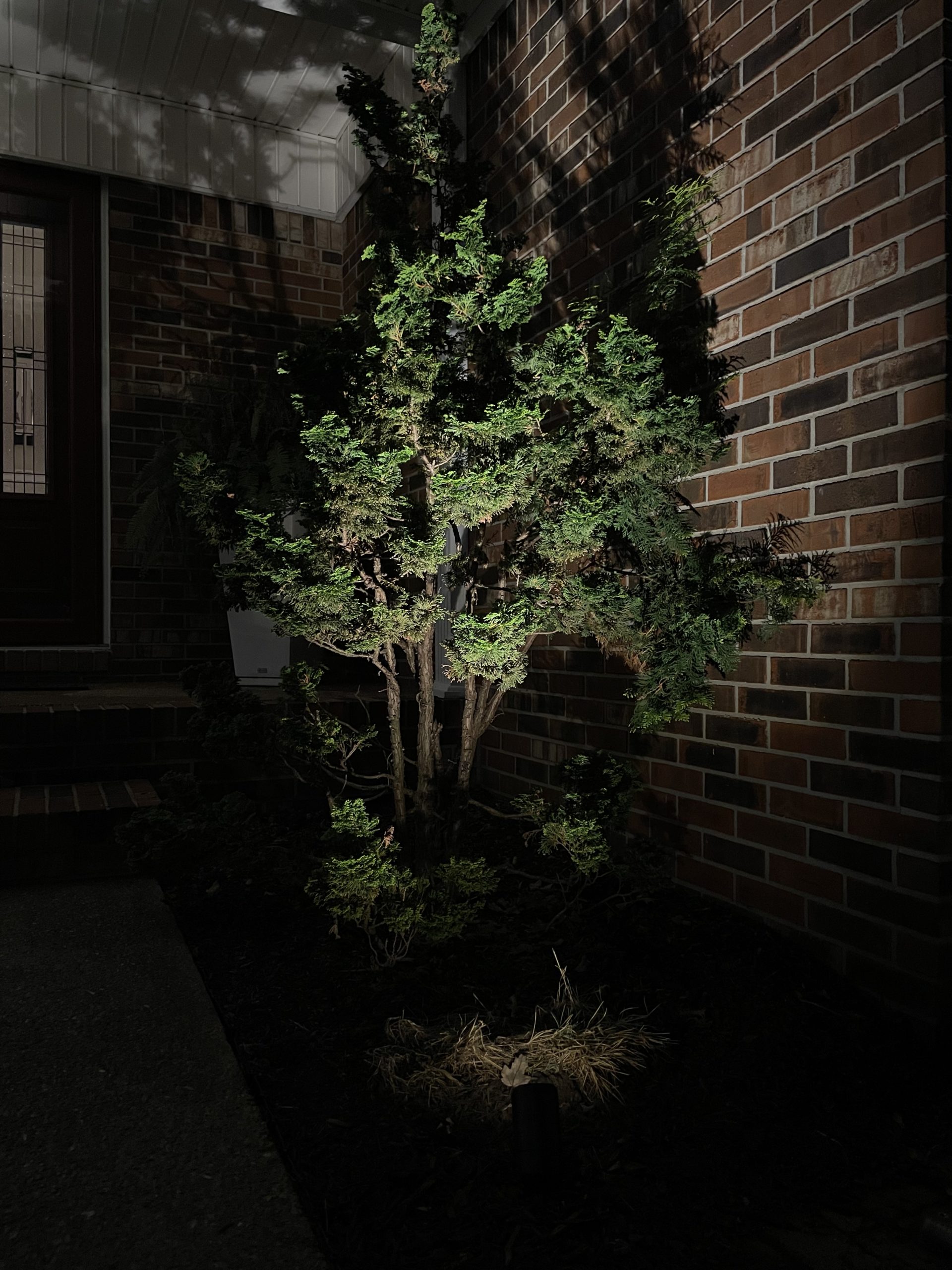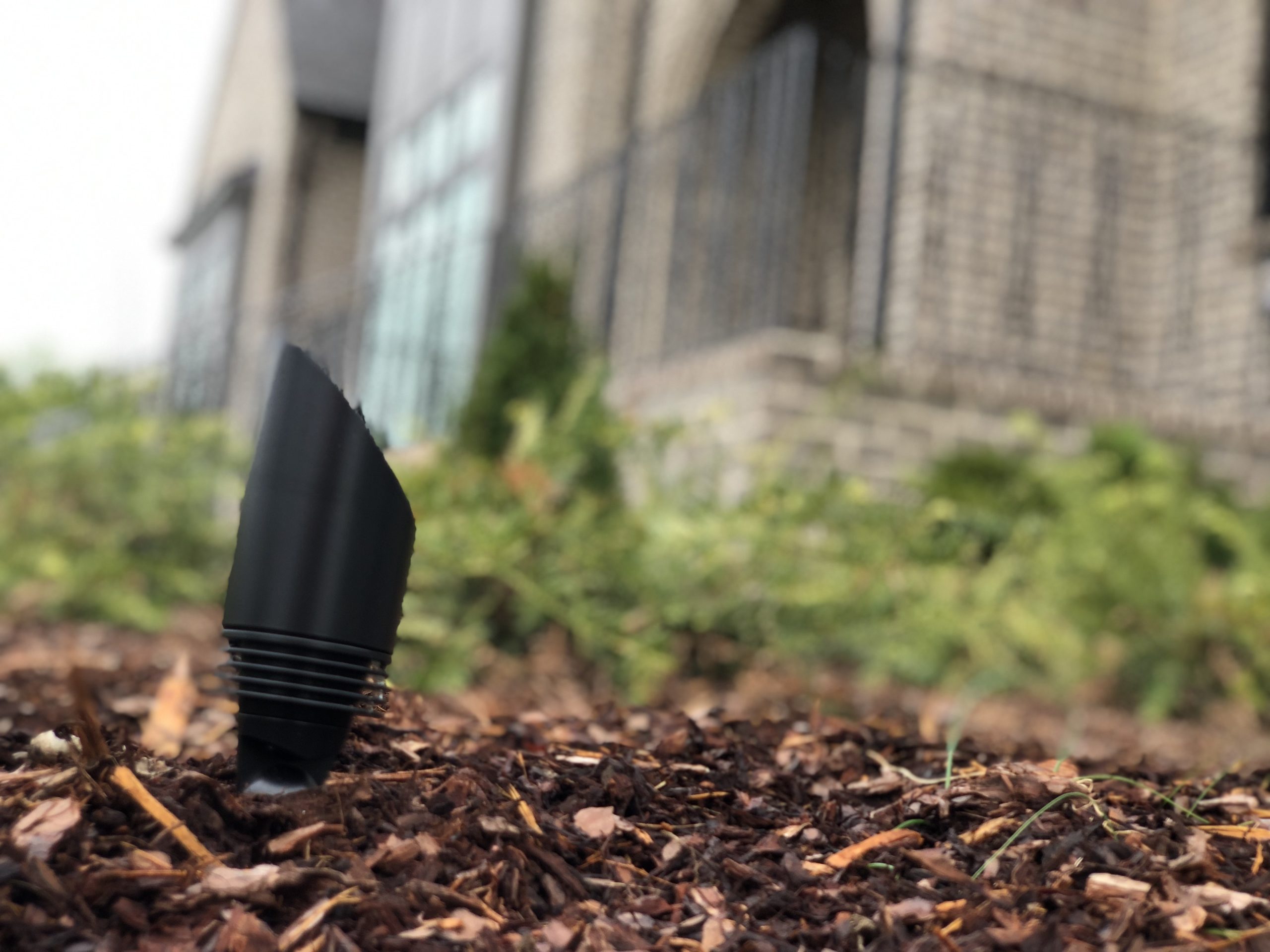Introduction
In an era where energy efficiency is paramount, homeowners are increasingly searching for sustainable options to enhance their outdoor spaces. This pursuit has led to the rise of low-voltage landscape solutions—an innovative way to blend aesthetics with functionality while minimizing energy consumption. As we delve into "Exploring Low-Voltage Landscape Options for Energy-Savvy Homeowners," we'll unpack various elements such as outdoor lighting design, landscape lighting installation, and smart lighting controls that contribute to not just beautifying your property but also saving money on energy bills.

Exploring Low-Voltage Landscape Options for Energy-Savvy Homeowners
When discussing low-voltage landscape lighting, it's essential to consider how these systems can transform your yard into a dazzling spectacle while being kind to the planet and your wallet. Low-voltage lighting systems operate at a lower wattage, making them safer and more energy-efficient than traditional high-voltage systems. Not only do they consume less energy, but they also offer customizable designs suited for every homeowner's taste.
What Are Low-Voltage Lighting Systems?
Low-voltage lighting systems typically run on 12 volts, compared to the standard 120 volts found in most residential electrical systems. This reduced voltage allows for greater safety in installation and operation, making it an ideal choice for outdoor environments where moisture and weather can pose risks.
Benefits of Low-Voltage Systems
Energy Efficiency: These systems use significantly less electricity than conventional fixtures. Safety: The lower voltage minimizes risks associated with electrical shock. Flexibility in Design: Homeowners can easily customize their setups without extensive rewiring. Ease of Installation: They often require less invasive installations compared to high-voltage counterparts.Key Components of a Low-Voltage Landscape Lighting System
Transformers: Convert standard voltage to low voltage. Cabling: Connects fixtures and transformers while allowing flexibility in layout. Fixtures: Encompasses various types including path lights, wall-mounted sconces, and accent lights.Outdoor Lighting Design Essentials
The heart of any effective outdoor lighting plan lies in its design. Proper outdoor lighting design should enhance architectural features, illuminate pathways safely, and create inviting atmospheres.
Creating Ambiance with Accent and Ambient Lighting
Accent lighting focuses on highlighting specific features like sculptures or plants, whereas ambient lighting provides overall illumination for safety and comfort. Together, they form a cohesive aesthetic that enhances your landscape's beauty.
How to Achieve Balance
Use multiple light layers: Combine ambient, task, and accent lights. Consider color temperature: Warm white tones create cozy spaces while cooler tones can evoke modernity. Employ dimmers: Smart lighting controls allow you to adjust brightness according to mood or occasion.Pathway and Garden Illumination Techniques
Pathway illumination should be functional yet beautiful:
- Use low-profile fixtures along walkways to ensure safety. Incorporate solar-powered lights for ease of installation and maintenance. Highlight garden beds with soft uplighting or downlighting from nearby trees.
Landscape Lighting Installation Tips
Installing low-voltage landscape lighting may seem daunting but can be straightforward with proper planning.

Planning Your Layout
Before heading out to purchase fixtures, map out your yard's features:
Identify key focal points—trees, flower beds, or patios. Determine where light is needed most—pathways or security zones. Sketch a rough diagram showcasing fixture placements.DIY vs Professional Installation
While many homeowners opt for DIY installations due to lower costs:

- Professional installations guarantee optimal positioning and wiring safety. Experts have access to superior products that may not be available at local stores.
Tools Necessary for Installation
Wire cutters Voltage tester Shovel (for trenching cables) Screwdriver setArchitectural Lighting Solutions for Homes
Architectural lighting involves illuminating the structure itself rather than the surrounding landscape—a crucial aspect of creating an appealing overall environment.
Highlighting Architectural Features
Focusing on elements like columns or unique rooflines draws attention upward:
- Wall washers provide even illumination along structures without harsh shadows. Spotlights can accentuate textures such as brick or stucco finishes.
Considerations for Residential Lighting Services
Ensure that any architectural solutions align with your home's style:
Traditional homes benefit from warm light; modern homes might embrace cooler hues. Evaluate how each solution works during nighttime versus daylight hours.LED Lighting Upgrades as Sustainable Choices
LED technology has revolutionized outdoor lighting by offering significant advantages over traditional incandescent bulbs.
Advantages of LED Over Traditional Bulbs
Longevity: LEDs last significantly longer than incandescent bulbs—upwards of 25 times longer! Energy Savings: Consuming up to 75% less electricity makes them more cost-effective over time. Environmentally Friendly: Lower energy consumption equates to reduced carbon footprints.How To Transition Your Existing Setup?
Consider retrofitting existing fixtures with LED bulbs Architectural lighting solutions if replacing entire units isn't feasible:
Check compatibility with current fixtures' sockets. Ensure the wattage matches existing requirements without exceeding limits.Energy-Efficient Lighting Systems Overview
Energy-efficient systems are designed not just for visual appeal but also effectiveness in reducing one's ecological footprint through minimal electricity usage.
Evaluating Your Current Energy Consumption Levels
Understanding your baseline usage helps identify areas ripe for improvement:
Review past utility bills focusing on months with higher consumption rates. Conduct audits measuring how much power each existing system uses on average per hour/day/month.Implementing Smart Technology Solutions
Smart lighting controls allow automation based on time schedules or occupancy detection:
- Timers enable lights only when needed—saving energy during idle hours. Sensors detect movement—turning on lights when someone approaches pathways or doors!
Lighting Maintenance Services Recommendations
Like any home feature requiring upkeep, routine landscape lighting maintenance ensures longevity in performance while maximizing aesthetic benefits too!
Regular Checks You Can Perform Yourself
Inspect bulbs regularly; replace burnt-out ones immediately! Clean lenses occasionally as dirt accumulation diminishes brightness levels over time.Professional Maintenance Benefits
Hiring professionals ensures thorough inspections covering areas often overlooked by homeowners themselves:
1) Check all wiring connections ensuring no fraying occurs over time leading potential hazards later down the line!
2) Perform comprehensive assessments evaluating efficiency levels across all fixtures installed throughout your property!
FAQs
What is low-voltage landscape lighting?
Low-voltage landscape lighting refers primarily to outdoor illumination systems operating at a reduced voltage (typically 12 volts). They are safer around wet conditions and consume less power compared to traditional high-voltage options.
How do I install low-voltage landscape lights?
To install these lights: 1) Plan out fixture placements based on desired effects, 2) Dig trenches for cabling, 3) Connect transformers, 4) Position fixtures accordingly!
For complex setups consider hiring professionals specializing in residential services.
Are LED lights worth the investment?
Absolutely! Although initial costs may be slightly higher than traditional bulbs', their longevity combined with significantly reduced energy usage results in substantial savings over time.
Can I control my outdoor lights remotely?
Yes! Incorporating smart technology allows homeowners remote access through apps controlling brightness levels/timers ensuring maximum adaptability & convenience!
What types of fixtures are recommended?
Options vary widely depending upon personal preference:
- Pathway Lights — For illuminating walkways Floodlights — Ideal for highlighting larger areas Spotlights — Accentuating specific landscaping elements
Choose according to desired effects sought after!
How often should I maintain my outdoor lighting system?
It's advisable every few months performing basic checks like cleaning lenses/bulb replacements ensuring nothing hampers performance levels throughout seasons changing etc.
Conclusion
In summary, exploring low-voltage landscape options is not merely about enhancing exterior aesthetics; it reflects a broader commitment toward sustainable living practices among conscientious homeowners today! From architectural solutions that elevate structure appeal effectively through smart upgrades maximizing efficiency levels—we’ve seen how vital proper planning plays across all stages involved—from designing layouts through installations & regular maintenance checks too! By embracing this modern approach intertwined seamlessly within our daily lives—it’s possible transforming our homes into practical eco-friendly havens brightening paths ahead both literally figuratively alike!